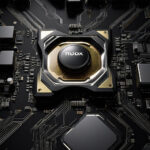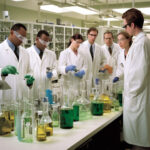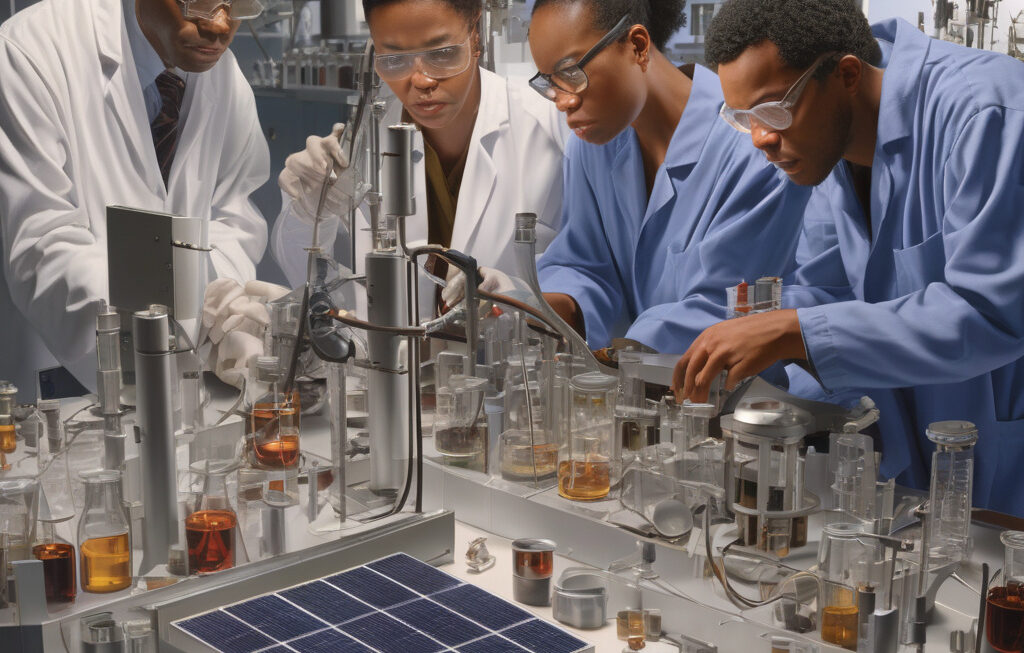New Smart Membrane Mimics Cell Logic to Purify Water and Extract Metals Efficiently
What if your water filter could think like a cell, deciding what to let in, what to keep out, and how to efficiently extract valuable metals? This futuristic concept is no longer confined to the realms of science fiction. Thanks to groundbreaking research and innovation in the field of membrane technology, a new smart membrane has been developed that mimics the intricate logic of cells, offering a game-changing solution for water purification and metal extraction processes.
Traditional membrane-based water filtration systems have been instrumental in providing clean drinking water and treating wastewater. However, these systems often face challenges such as fouling, low selectivity, and high energy consumption. In contrast, biological cells demonstrate remarkable efficiency in selectively transporting ions and molecules across their membrane barriers, inspiring scientists to replicate this natural intelligence in artificial membranes.
The new smart membrane, developed by a team of researchers at [Insert Institution/Company Name], is designed to emulate the sophisticated transport mechanisms found in biological cells. By incorporating selective ion channels, receptors, and transporters into the membrane matrix, this innovative technology can effectively filter out contaminants while selectively extracting valuable metals from water streams.
One of the key advantages of this smart membrane is its ability to adapt and respond to changing environmental conditions in real-time. Drawing inspiration from the dynamic behavior of living cells, the membrane can regulate the passage of specific ions or molecules based on the surrounding conditions, ensuring optimal performance under varying pH levels, salinity, and metal concentrations.
In addition to its application in water purification, the smart membrane shows great promise in the field of metal extraction and recovery. By leveraging the selective binding properties of biological receptors, the membrane can efficiently capture target metals such as gold, silver, and copper from industrial wastewater or mining effluents. This not only helps in reducing environmental contamination but also enables the recovery of precious metals for recycling purposes.
The potential impact of this innovative technology extends beyond environmental remediation to various industrial sectors, including mining, metallurgy, and wastewater treatment. By combining the principles of biologically inspired design with advanced materials science, the smart membrane offers a sustainable and cost-effective solution for enhancing process efficiency and resource recovery.
As we look towards a future where water scarcity and resource depletion pose significant challenges, the development of smart membranes represents a paradigm shift in the way we approach water treatment and metal recovery. By harnessing the power of nature’s own logic, scientists and engineers are paving the way for a more sustainable and intelligent approach to addressing complex environmental issues.
In conclusion, the emergence of a new smart membrane that mimics cell logic heralds a new era of innovation in water purification and metal extraction technologies. By emulating the efficiency and selectivity of biological systems, this technology has the potential to revolutionize the way we treat water, extract valuable resources, and protect the environment for future generations.
water purification, membrane technology, metal extraction, sustainability, environmental innovation












